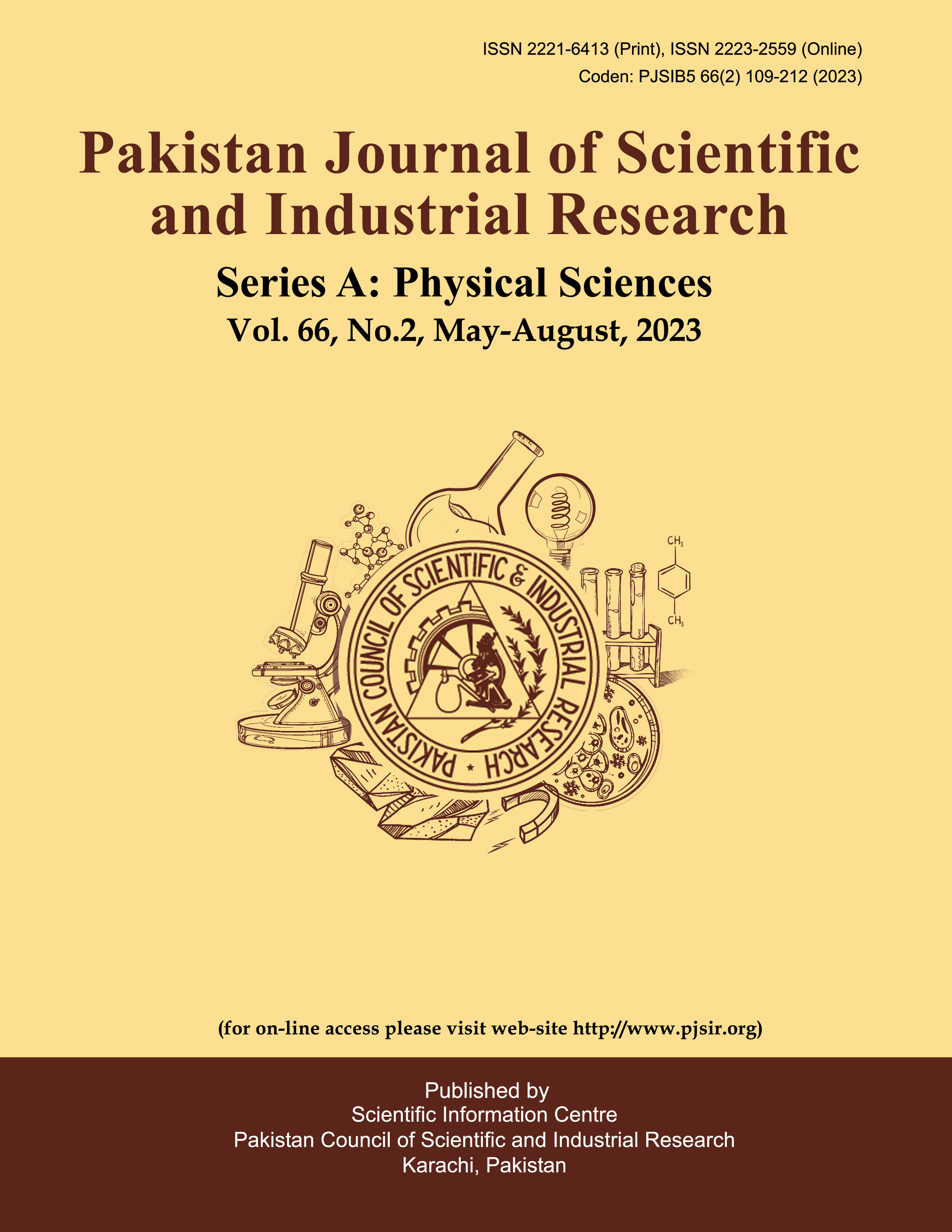Spatial Distribution Analysis and Mapping of Groundwater Quality of Malir and Landhi Town, Karachi
Ground Water Quality of Malir and Landhi
Abstract
The scarce and fragile resource of groundwater in Karachi is at threat of deterioration in terms of quality (due to pollution) and quantity (due to overexploitation) because of rapid urbanization indus- trialization and it has become an important issue in health and environment sciences. The goal of our research is to assess the groundwater quality in the towns of Malir and Landhi, as well as to use GIS and geostatistical approaches to establish the spatial pattern of groundwater quality in these locations. Spatial distribution maps of all parameters in these towns are developed by the application of GIS (interpolation technique). It is found that temperature, TDS and EC were higher in comparison with SSDWQ and WHO guidelines, while pH was found to be basic. The study is the quality of groundwater is beyond the permissible limit of safe consumption and the population directly dependent on the groundwater sources in these towns which is prone to water borne diseases. The outcome of this study can be used as a preliminary study for further detailed groundwater quality analysis and to study spatial distribution pattern in these towns to assess the impact of groundwater quality on consumers, the determination of relationship between association of pollution sources. Thus, pollution hot spots and their contributing sources can be identified that will aid in developing effective mitigation and management programs by the government (policy maker) and non-government (polluters) entities.


